Feeding Angels Trumpet: When And How To Fertilize Brugmansias
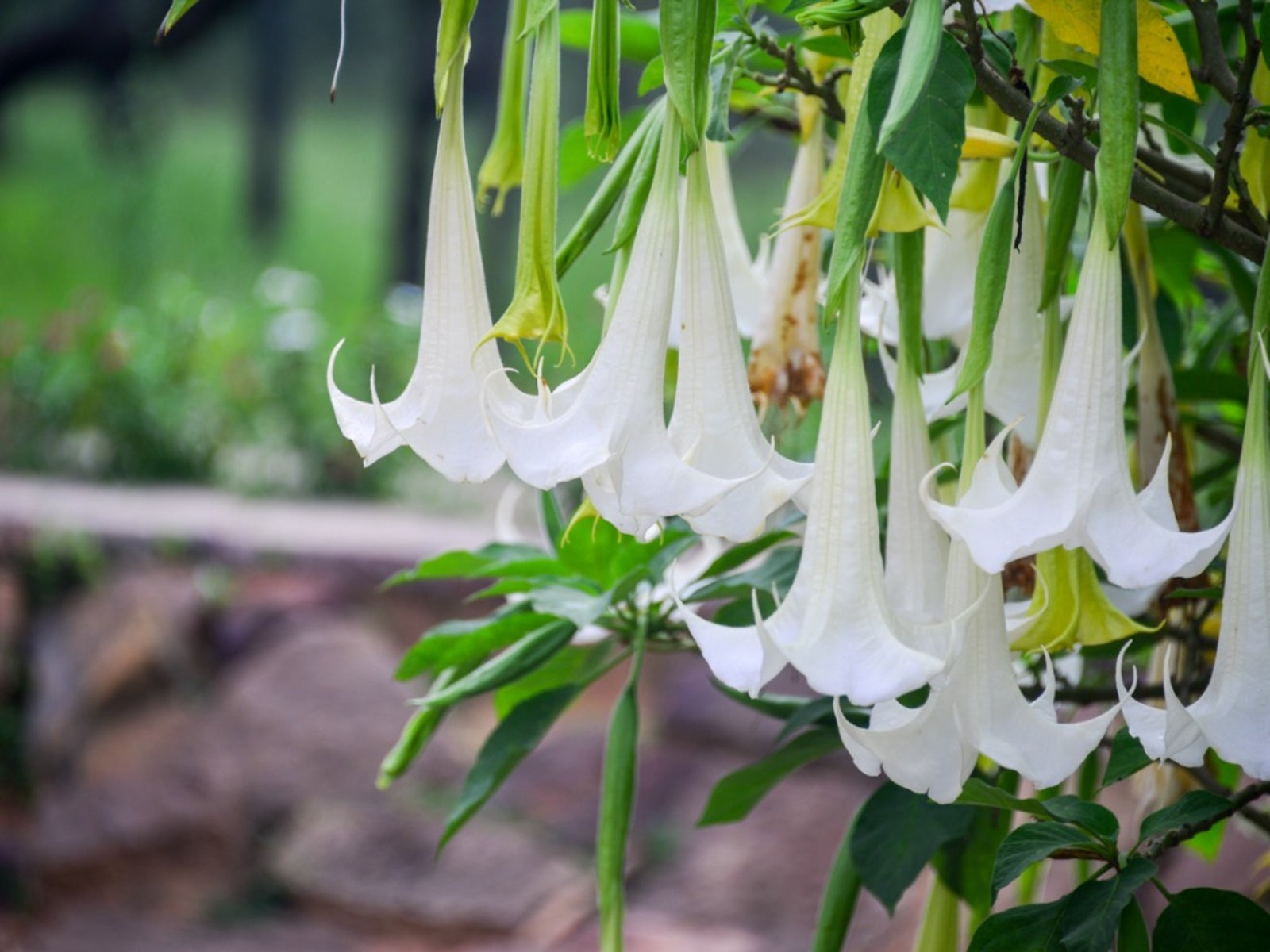

If there ever was a flower you just had to grow, brugmansia is it. The plant is in the toxic Datura family so keep it away from children and pets, but the massive blooms are nearly worth any risk. The plant produces a season long display of 6 to 8 inch (15-20 cm.) trumpet-shaped blooms in hues of pink, yellow, and white. Knowing how to fertilize brugmansias will enhance and extend the parade of these brilliantly colored flowers.
Feeding Angel's Trumpet
Brugmansia is also known as angel's trumpet because of the large drooping blooms. The plant can grow to a massive shrub in good lighting and, with good care, up to 8 to 10 feet (2-3 m.) tall. The blooms release an intoxicating scent in the night air, adding to their angelic mien. Brugmansia is a voracious feeder and thrives when fed frequently. Plant food enhances most plant's growth by providing extra macro-nutrients not found in soil-- nitrogen, phosphorus, and potassium-- which are commonly found NPK ratios on fertilizer products.
- N - The first number on any fertilizer formula is the nitrogen, which directs strong plant growth and stem and leaf formation.
- P - The second number is phosphorus, which assists with bloom and fruit production.
- K - The third number, potassium, enhances roots and overall plant health.
The type of fertilizer for brugmansia depends upon the time of development. During initial growth, use a balanced fertilizer such as a 20-20-20. By the time buds begin to form, alternate with one higher in phosphorus to promote bigger, lustier blooms.
When to Feed Brugmansia Plants
Every two weeks is when to feed brugmansia according to the American Brugmansia and Datura Society. Angel's trumpet requires high amounts of additional nutrients to achieve maximum size and blooms. Use the all-purpose fertilizer once per week during its start-up period, then begin the higher phosphorus formula once per week about three to four weeks before bloom time. The best type of fertilizer for brugmansia is a water soluble one, which is readily available for the plant to uptake. Start at half dilutions when the plant is little and graduate to the full dose once the plant is mature. Water any fertilizer in well.
How to Fertilize Brugmansias
Young brugmansia can take two to three years to flower from a hybrid cross. Most nurseries sell them ready to bloom, but if you are self-propagating, your young plant will need special care. Besides the macro-nutrients your young plant needs:
You can find these in a good, all-purpose, plant food starter. These are easy to apply either as a foliar drench or watered into soil. When young plants are ready to repot, use a time-release fertilizer mixed into the soil for slow, gradual nutrient release. Feeding angel's trumpet frequently will result in big, spectacular bloom shows all summer long.
Gardening tips, videos, info and more delivered right to your inbox!
Sign up for the Gardening Know How newsletter today and receive a free copy of our e-book "How to Grow Delicious Tomatoes".

Bonnie Grant is a professional landscaper with a Certification in Urban Gardening. She has been gardening and writing for 15 years. A former professional chef, she has a passion for edible landscaping.
-
 Looking For Plants To Give You The Soft And Fuzzies? Try These 5 Fuzzy Leaf Plant Options
Looking For Plants To Give You The Soft And Fuzzies? Try These 5 Fuzzy Leaf Plant OptionsLovers of texture, drama, silver foliage and tactile plants will adore these special sensory garden additions. These fuzzy leaf plant options will leave you all aglow
By Susan Albert
-
 Get Ready For A Summer Of Hummers! Grow These Full Sun Hummingbird Plants and Flowers
Get Ready For A Summer Of Hummers! Grow These Full Sun Hummingbird Plants and FlowersIf you’re lucky enough to enjoy a sunny backyard, make sure you are maxing out on your pollinator opportunities and grow these full sun hummingbird plants and flowers
By Tonya Barnett
-
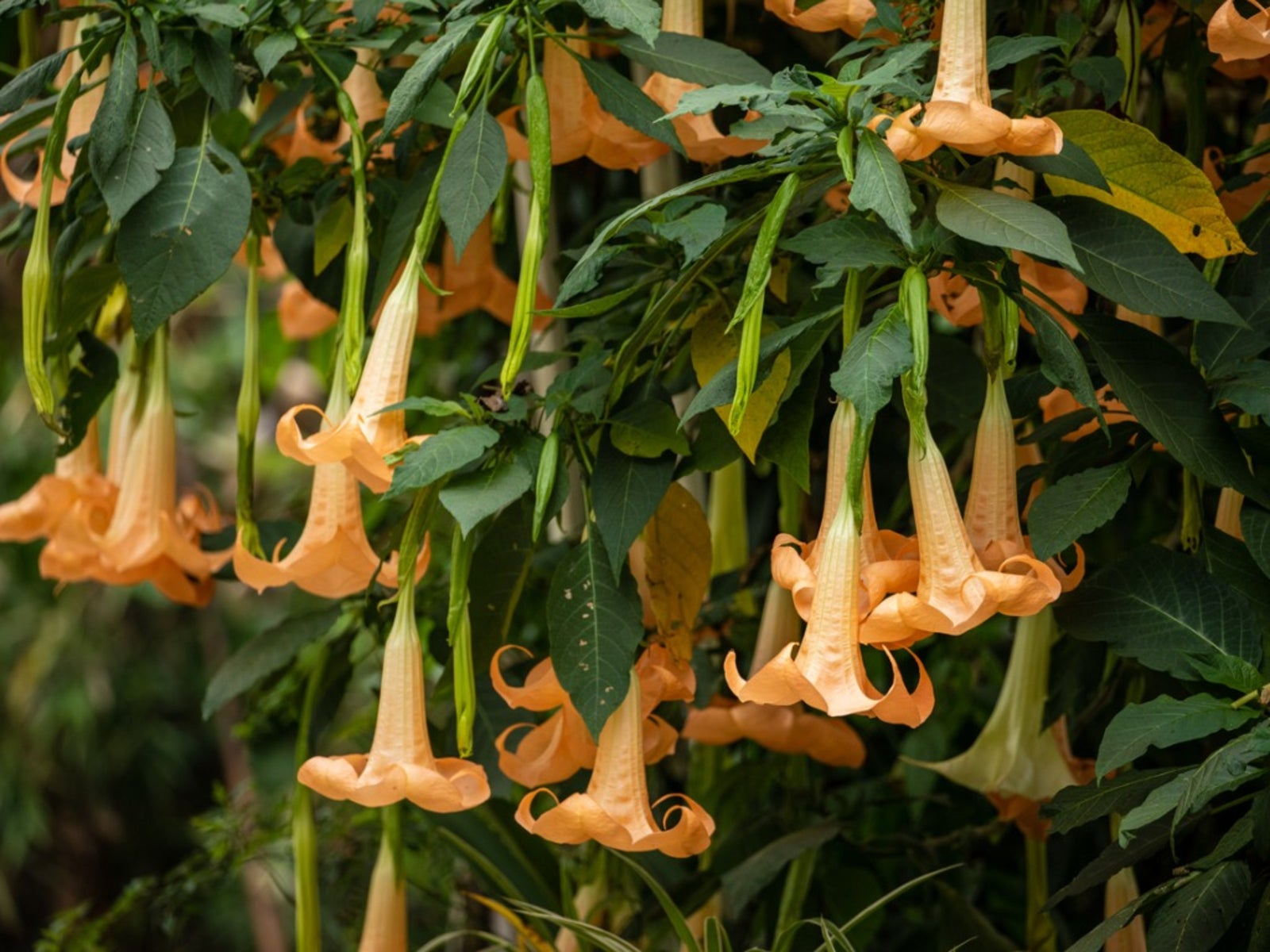 Brugmansia Cold Tolerance: How Cold Can Brugmansias Get
Brugmansia Cold Tolerance: How Cold Can Brugmansias GetHow cold can Brugmansias get and still survive? The United States Department of Agriculture sets Brugmansia cold hardiness in zones 8 to 11. Learn more about the cold tolerance of Brugmansia plants in this article.
By Bonnie L. Grant
-
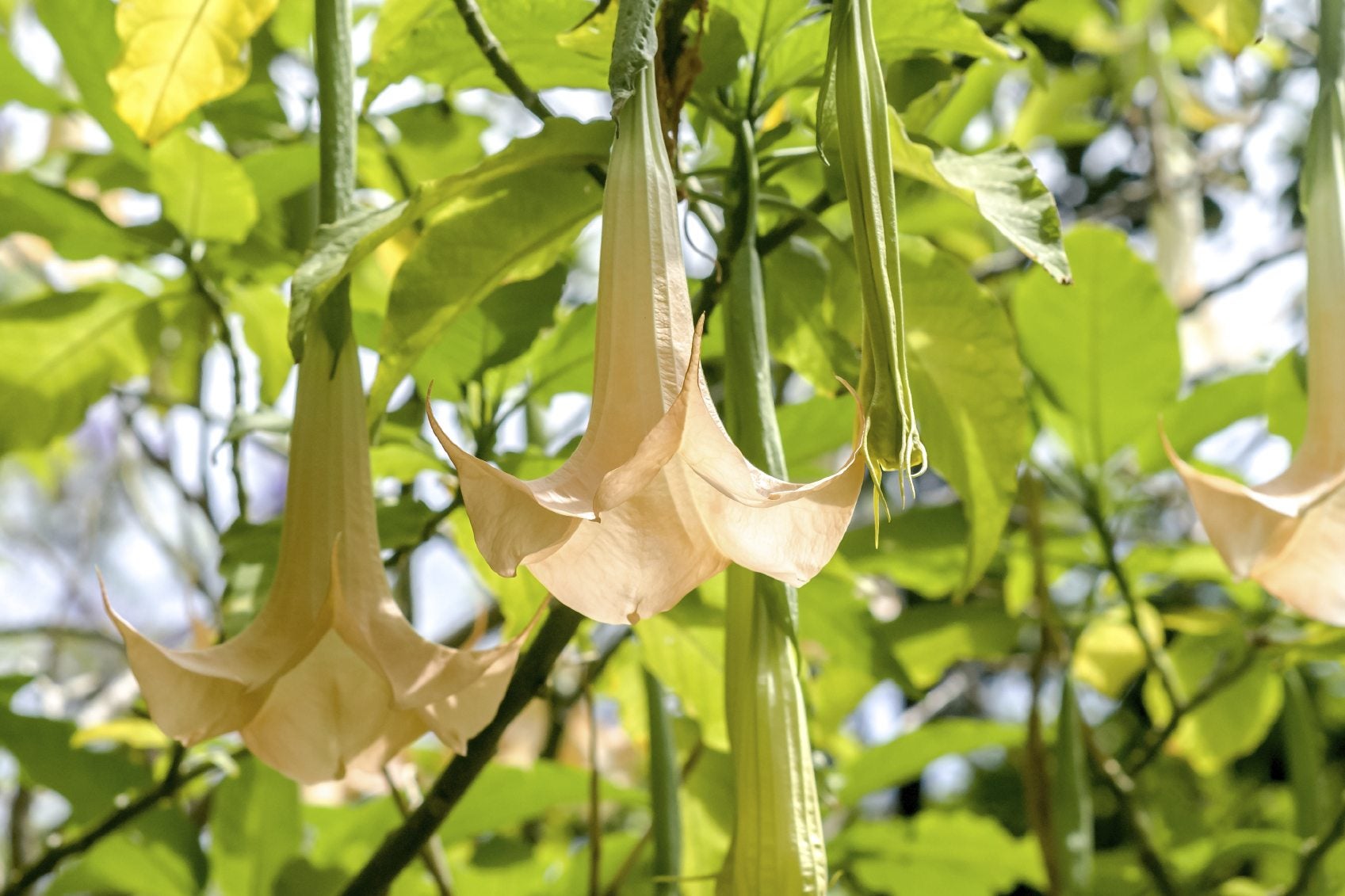 Brugmansia Plant Care: How To Care For Brugmansia In Ground Outside
Brugmansia Plant Care: How To Care For Brugmansia In Ground OutsideGrowing brugmansia in the ground works well in United States Department of Agriculture zones 9 to 12. Try a brugmansia in the garden for show-stopping color and dynamic proportions. This article will help get you started.
By Bonnie L. Grant
-
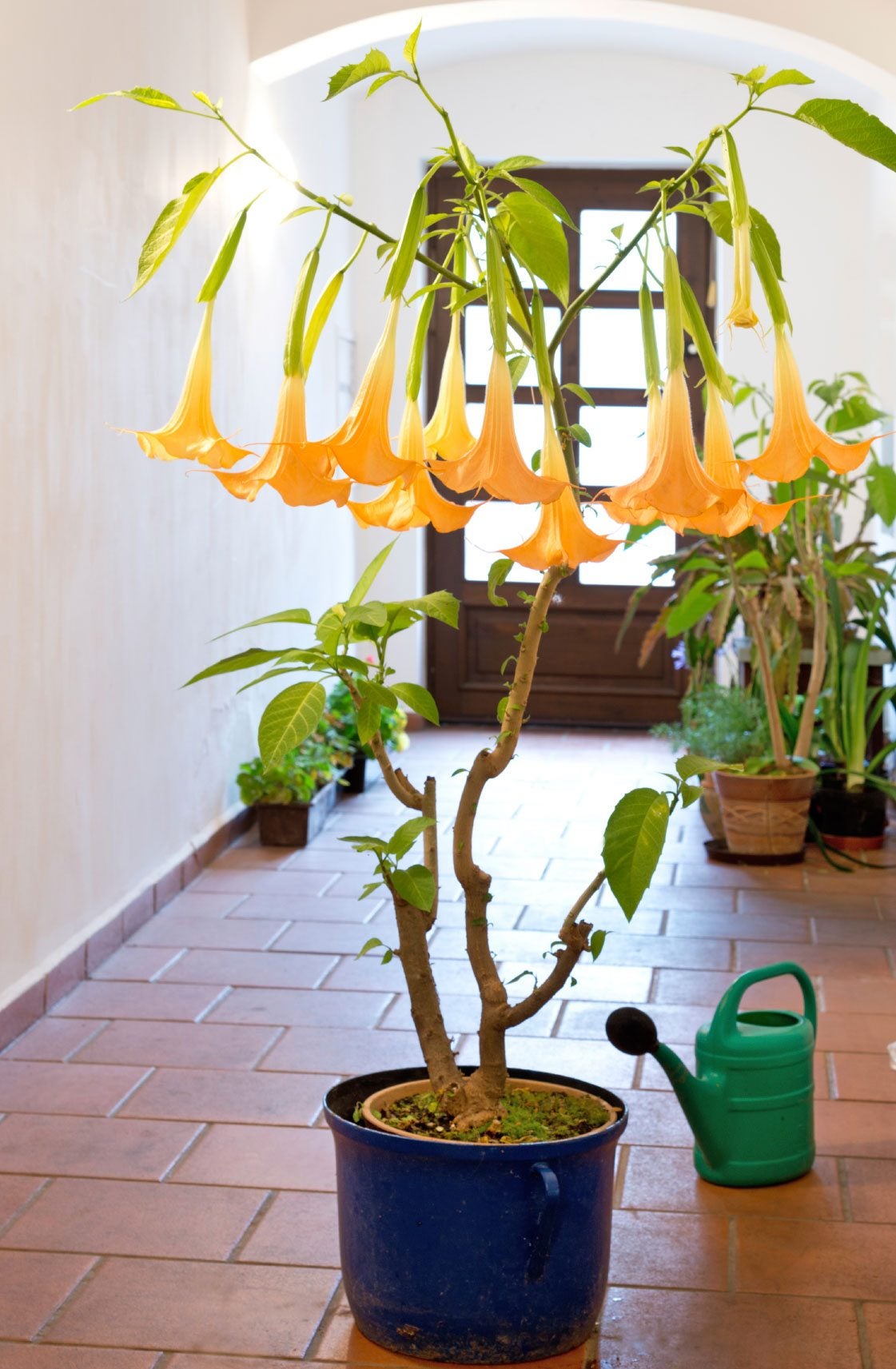 Watering Brugmansia Plants: How Much Water Does Brugmansia Need
Watering Brugmansia Plants: How Much Water Does Brugmansia NeedBrugmansia is a distinctive plant with big leaves and huge, drooping, trumpet-shaped blooms as long as your foot. This flashy tropical plant is surprisingly easy to grow, but it helps to know exactly how to water brugmansias. Click here for more.
By Mary H. Dyer
-
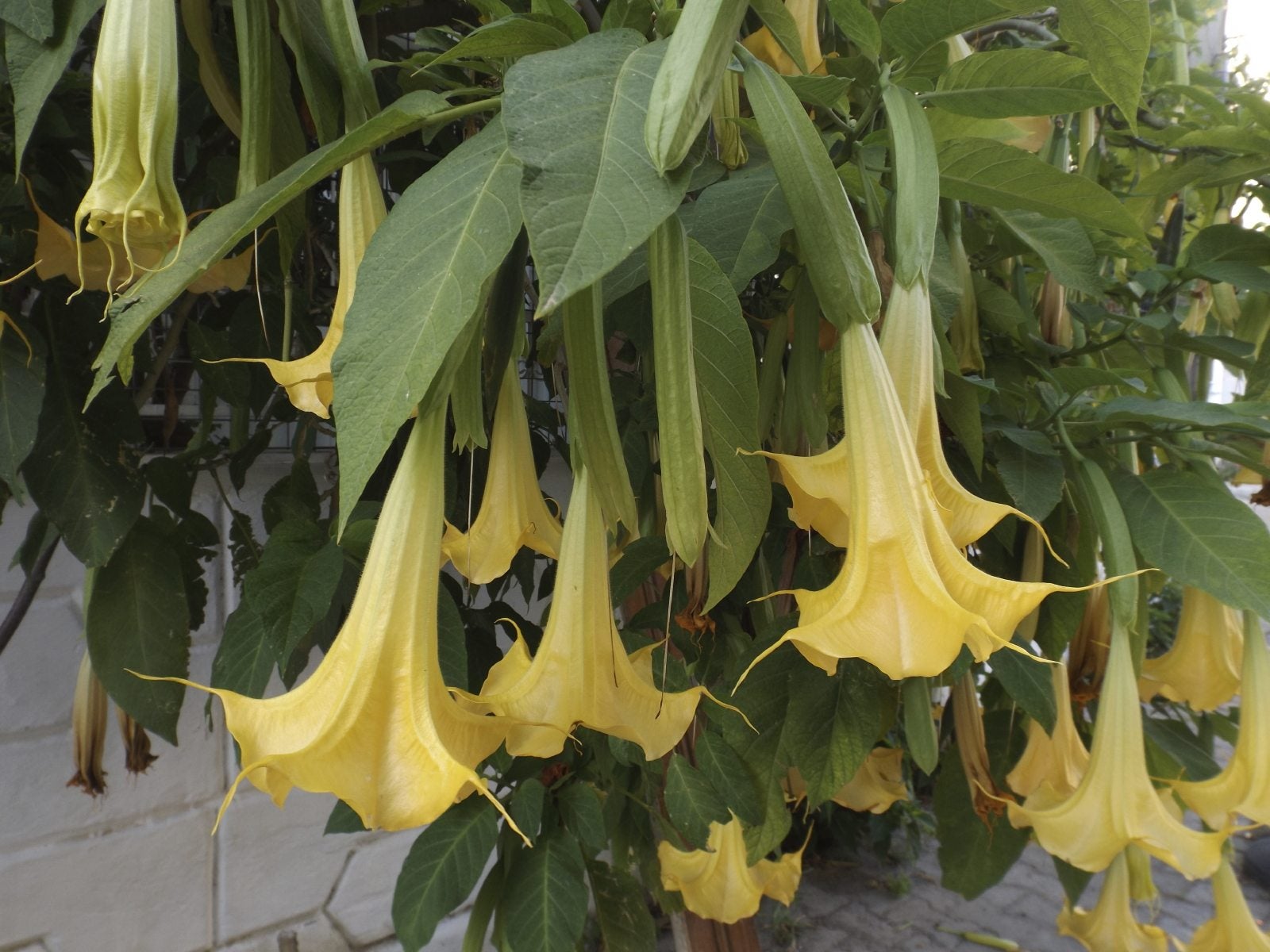 Brugmansia Problems: How To Treat Disease And Pests Of Brugmansia
Brugmansia Problems: How To Treat Disease And Pests Of BrugmansiaAlso known as angel trumpet or simply "brug," brugmansia is a shrubby plant with masses of impressive, trumpet-shaped flowers. While little care is required, pests and diseases may compromise the health and longevity of the plant. Learn more here.
By Mary H. Dyer
-
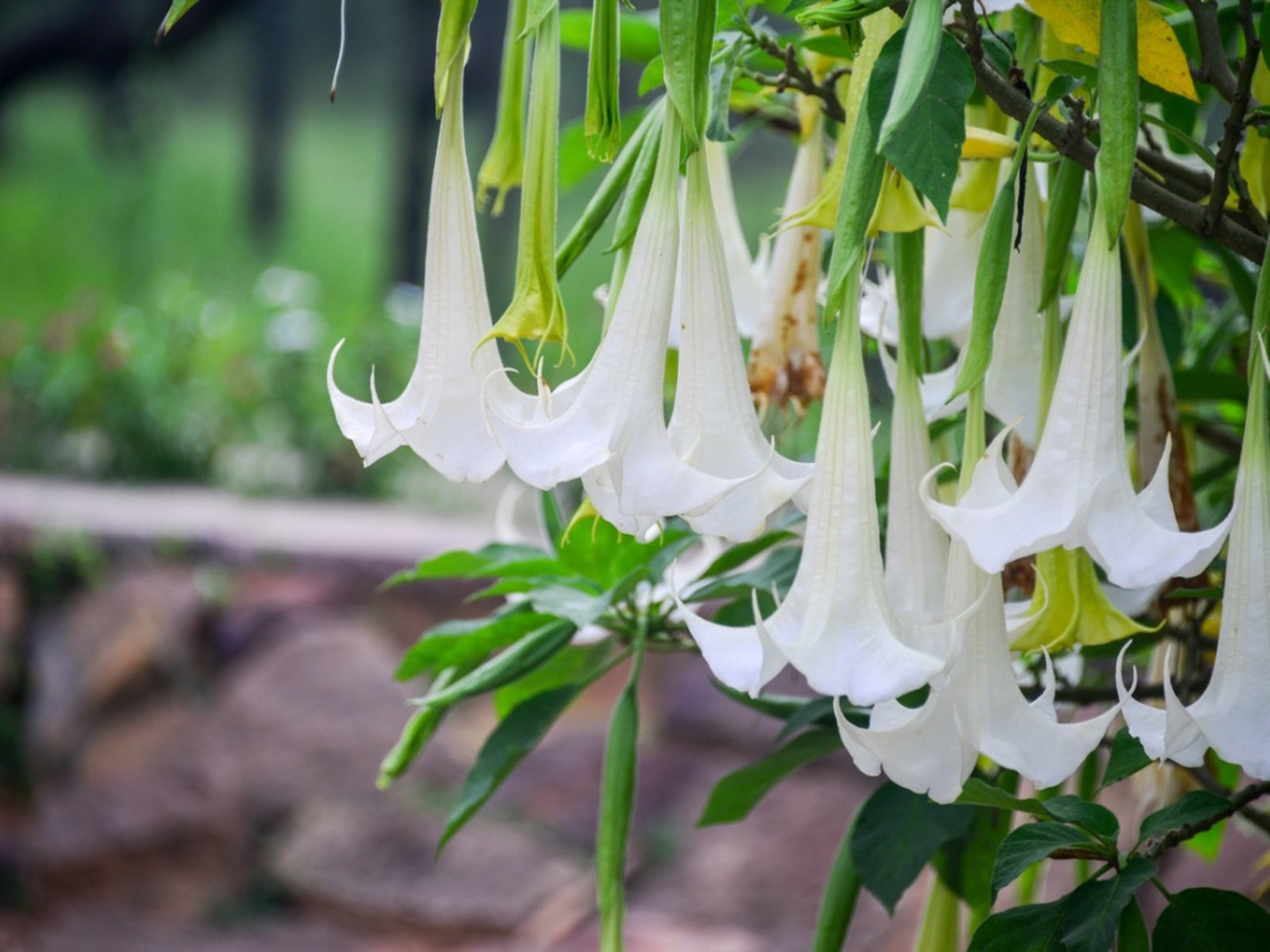 Brugmansia Diseases: Fixing Common Issues With Brugmansia
Brugmansia Diseases: Fixing Common Issues With BrugmansiaIt's never fun to watch a beloved plant fall ill to an unknown disease. Find out more about common brugmansia diseases so you'll be armed and ready should your plant begin to have problems. This article will help.
By Kristi Waterworth
-
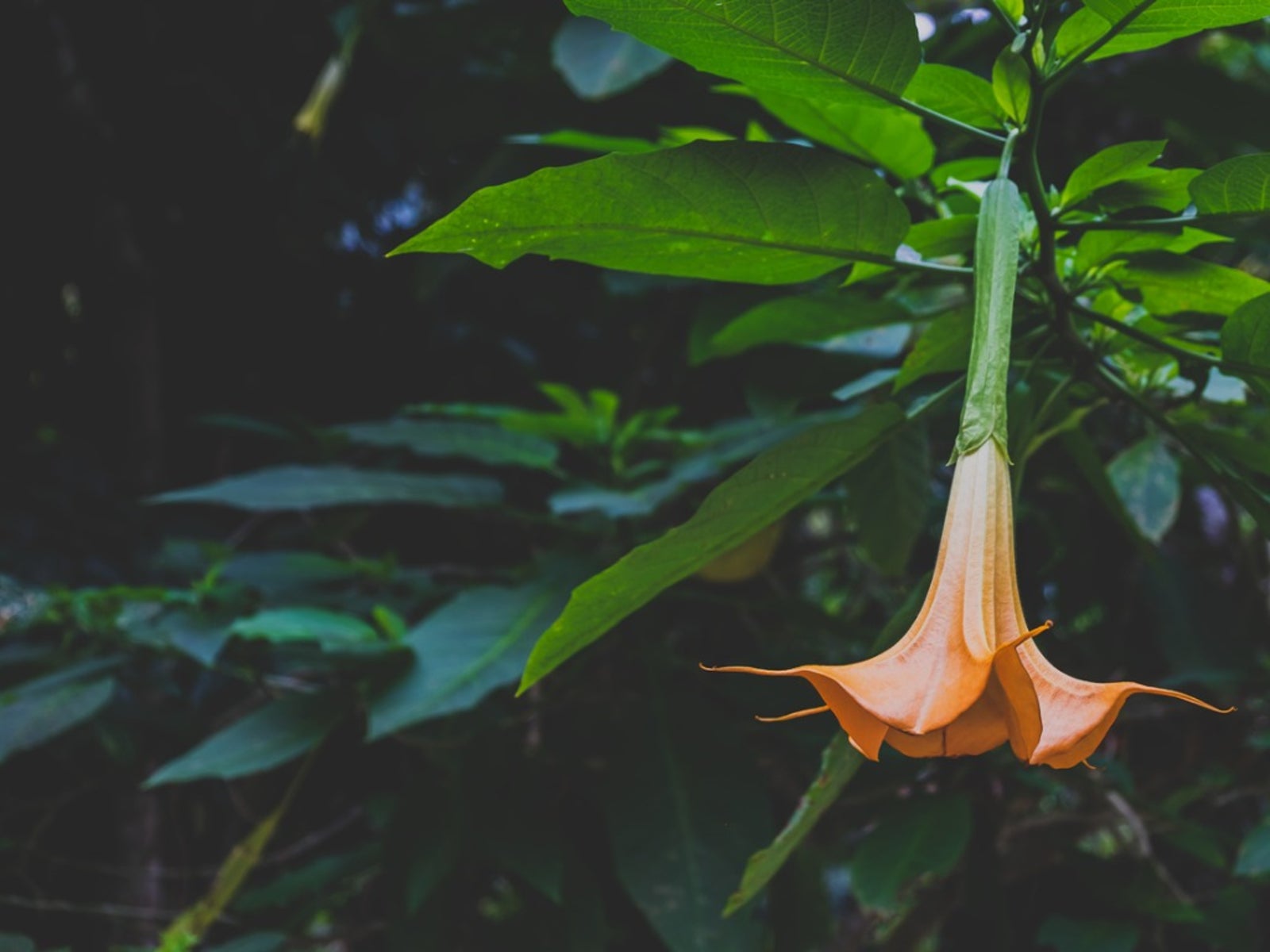 Learn How To Prune Brugmansia Trees
Learn How To Prune Brugmansia TreesBrugmansia plants make attractive specimen plantings. But, in order to keep them looking their best, trimming brugmansia may be necessary. Knowing how to prune brugmansia is important, and this article will help.
By Nikki Tilley
-
 Brugmansia Winter Care - Wintering Brugmansia In Your Home
Brugmansia Winter Care - Wintering Brugmansia In Your HomeWhile most types of brugmansia can thrive outdoors in warm climates, they need to be protected from freezing temps when growing brugmansia in cold climates. Follow the tips here for over-wintering brugmansia.
By Nikki Tilley
-
 Tips For Propagating Brugmansia
Tips For Propagating BrugmansiaBrugmansia is not only easy to grow but propagating brugmansia is easy too. There are three methods of brugmansia propagation - by seeds, cuttings, and air layering. Find the method that works best for you here.
By Nikki Tilley